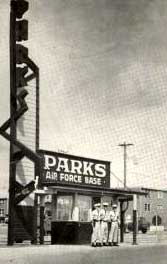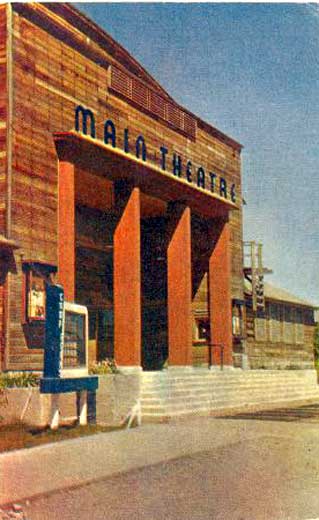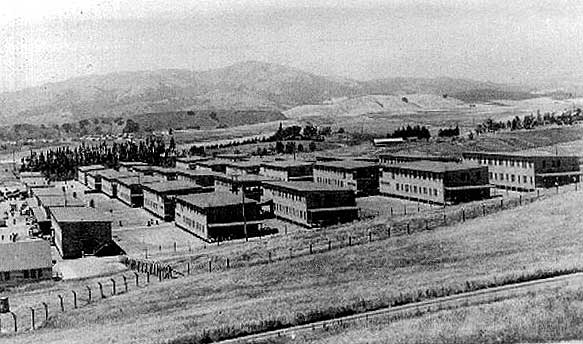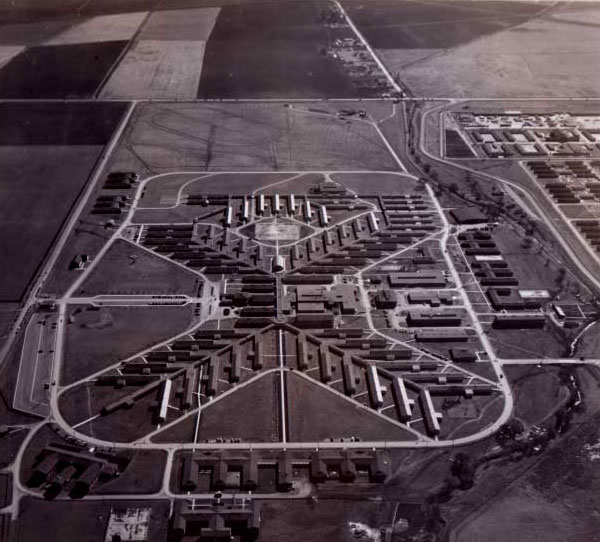

 After
closing in 1946, Camp Parks sat unused until the Air Force established
a basic training center in 1951. Known as Parks Air Force Base,
the Air Force found it necessary to completely rebuild the base.
The sea of Quonset huts and two-story wooden barracks had been
dismantled following World War II. Base personnel were initially
housed in temporary facilities and ate from a field mess. Training
began in March 1952. The first group of Airmen who arrived at
Camp Parks in the Summer of 1951 were transported to California
on a troop train that felt like a cattle car. The base was in
complete disarray when they arrived. The remaining buildings
in poor shape. Otherwise, a few concrete pads were all that remained.
The weeds were waist high. The weeds were pretty high. All the
lower ranking Airmen, including the cooks, were out there cutting
weeds down."
After
closing in 1946, Camp Parks sat unused until the Air Force established
a basic training center in 1951. Known as Parks Air Force Base,
the Air Force found it necessary to completely rebuild the base.
The sea of Quonset huts and two-story wooden barracks had been
dismantled following World War II. Base personnel were initially
housed in temporary facilities and ate from a field mess. Training
began in March 1952. The first group of Airmen who arrived at
Camp Parks in the Summer of 1951 were transported to California
on a troop train that felt like a cattle car. The base was in
complete disarray when they arrived. The remaining buildings
in poor shape. Otherwise, a few concrete pads were all that remained.
The weeds were waist high. The weeds were pretty high. All the
lower ranking Airmen, including the cooks, were out there cutting
weeds down."






